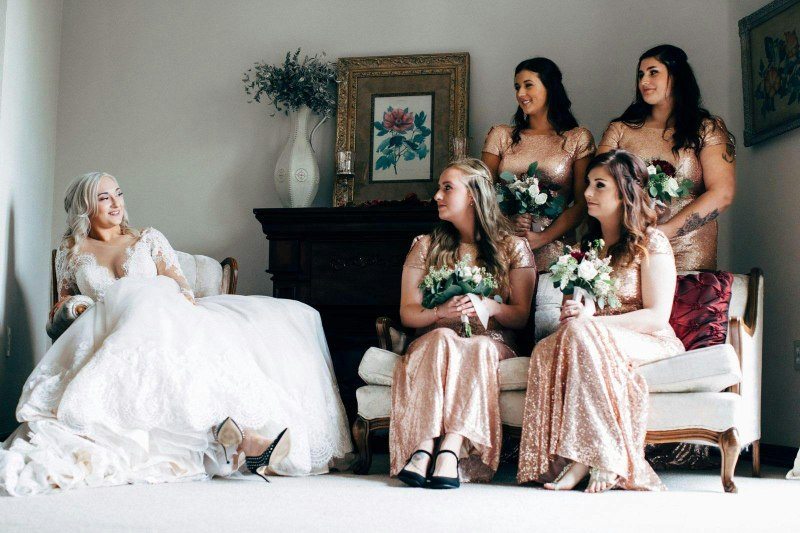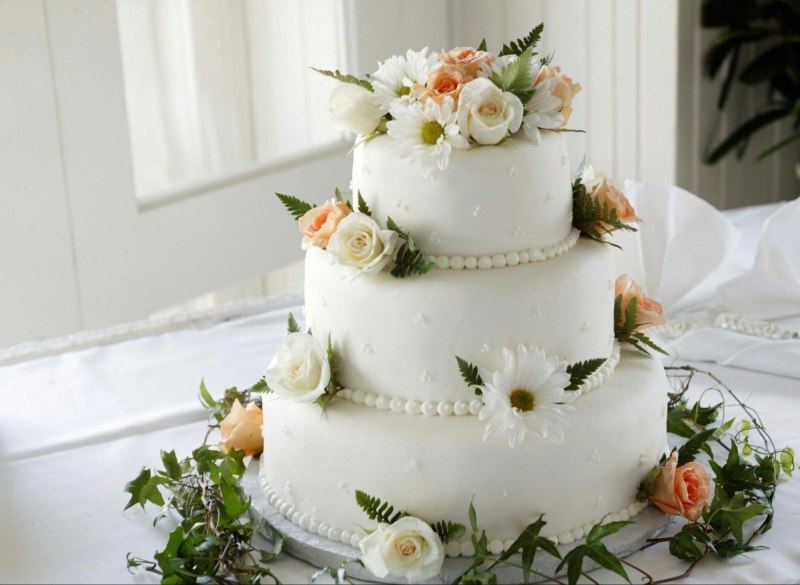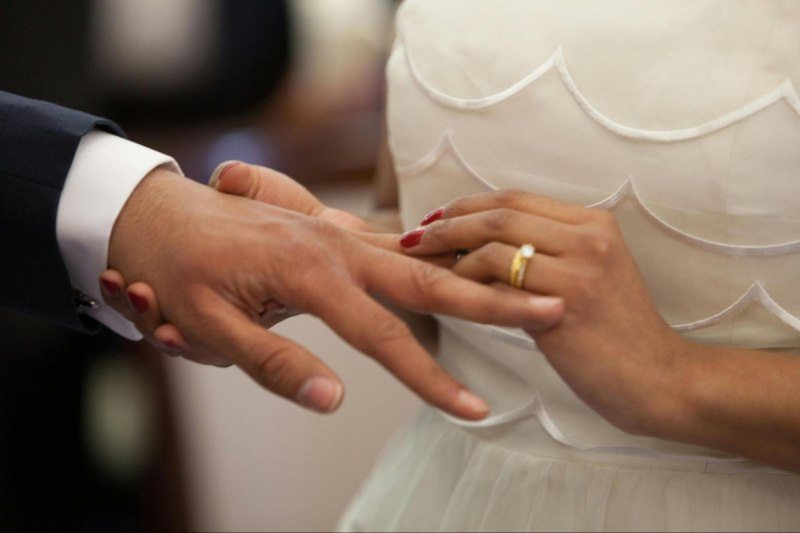
Are you feeling overwhelmed by the thought of planning your wedding? You’re not alone! According to recent statistics, nearly 70% of couples report feeling stressed during the wedding planning process. With an average of 200 decisions to make, it’s easy to understand why.
However, planning your dream wedding doesn’t have to be daunting. By approaching it step-by-step and staying organized, you can navigate through each detail with ease. Start by setting a clear budget—data shows that couples spend an average of $30,000 on their wedding day.
From selecting the perfect venue to choosing your flowers, each decision brings you closer to saying “I do.” Ready to take the first step? Download our comprehensive wedding planning checklist today and make your special day stress-free!
Step 1: Setting the Foundation
The first step in wedding planning is creating a solid foundation. This includes defining your budget, selecting a date, and determining the overall theme or style of your wedding. These decisions will shape every other choice that follows.
1.1 Budgeting
Setting a realistic budget is crucial before diving into the fun details of wedding planning. Weddings can be expensive, and it’s easy to overspend if you don’t have a clear financial plan. Consider all possible expenses, including venue, food, drinks, attire, photography, entertainment, transportation, and flowers. Remember to factor in hidden costs like tips, taxes, and wedding insurance.
1.2 Choosing a Date
Once you have a budget, the next step is to select a wedding date. Some couples prefer a specific date for personal significance, such as an anniversary or birthday. Others may choose a season based on the weather or availability of their preferred venue. Remember that popular dates—such as Saturdays during peak wedding season—can be booked up quickly, so it’s best to choose your date early.
1.3 Defining the Wedding Style
Your wedding style will guide many of your decisions moving forward. Whether you dream of an elegant ballroom affair, a rustic outdoor celebration, or a simple beach wedding, the style influences your venue, décor, and attire. Consider the atmosphere you want to create and your personalities as a couple.
Step 2: Building Your Wedding Team
With your foundational decisions, it’s time to assemble your wedding team. This includes choosing a venue, hiring vendors, and selecting your bridal party.
2.1 Selecting a Venue
Choosing the perfect venue is one of the most important decisions in wedding planning. The venue sets the tone for your celebration and influences many other factors, including the guest list size, catering, and décor. Consider the location, capacity, cost, availability, and amenities when evaluating venues. Whether you choose a church, a beach, or a garden, ensure it aligns with your wedding style.
2.2 Hiring Vendors
Your wedding vendors play a crucial role in bringing your vision to life. Some key vendors to consider include:
- Caterer: If your venue doesn’t provide catering, you must hire a caterer. Taste test a variety of options to ensure they match your budget and taste preferences.
- Photographer: The photographer will capture your special day, so choose someone whose style you love. Finding the right photographer is essential whether you want candid shots or traditional posed portraits.
- Florist: Flowers can transform the look of your wedding from the bouquet to the centerpieces. Meet with a florist early to discuss your preferred blooms and color scheme.
- Entertainment: To ensure availability, book a DJ or live band early. Consider the type of music you want and the vibe you’d like to create during your reception. A vibrant live wedding music performance can elevate the atmosphere, making it unforgettable for you and your guests.
2.3 Selecting Your Bridal Party

Your bridal party is an essential part of your wedding day. Choose supportive and trustworthy individuals, as they will help you manage the wedding planning process. The bridesmaids, groomsmen, flower girls, and ring bearers will stand by your side on the big day, so selecting people you are comfortable with is important.
Step 3: Wedding Dress and Attire
Once your venue and vendors are secured, it’s time to focus on the fun aspects of wedding planning, such as shopping for your wedding dress and selecting the attire for your bridal party.
3.1 Finding the Perfect Wedding Dress
Shopping for a wedding dress is one of the most memorable parts of planning a wedding. Start by researching bridal boutiques and designers that align with your style and budget. Make sure to schedule fittings well in advance, as some dresses require multiple alterations to ensure a perfect fit. Don’t forget to choose shoes, accessories, and lingerie that complement your gown.
3.2 Attire for the Bridal Party
Once you have your dress, it’s time to focus on the attire for your bridal party. Work with your bridesmaids and groomsmen to select dresses and suits that match your wedding theme and color palette. Remember that comfort and fit are key—your bridal party will be wearing these outfits for hours, so make sure they feel good and look great.
Step 4: Invitations and Guest List
With your venue and attire in place, it’s time to tackle the guest list and wedding invitations. This process can be tricky, especially when balancing family and friends.
4.1 Creating a Guest List
Start by creating a rough list of everyone you want to invite. Once you have an initial list, go through it with your partner and determine who is a must-have, who is optional, and who can be left off. Be mindful of your budget and venue size when deciding, as each guest adds to the cost.
4.2 Sending Invitations
Once the guest list is finalized, it’s time to design and send your invitations. Be sure to send them out well in advance (typically 6-8 weeks before the wedding) to give guests plenty of time to RSVP. Consider including details about accommodations, transportation, and the wedding website, if you have one. You may also want to send save-the-date cards several months ahead of time.
Step 5: Finalizing the Details

As your wedding day draws closer, it’s time to focus on the smaller details that will make your celebration unique.
5.1 Menu and Cake
Finalizing your wedding menu and cake is an essential step in the weeks before the wedding. Work with your caterer to select a menu that reflects your tastes and accommodates dietary restrictions. Don’t forget to order your wedding cake, ensuring it complements your wedding theme and is designed to serve your guest count.
5.2 Wedding Timeline
Create a detailed timeline for your wedding day to ensure everything runs smoothly. Include time slots for hair and makeup, getting dressed, the ceremony, photos, dinner, speeches, and dancing. Share this timeline with your vendors, bridal party, and family members to ensure everyone is on the same page.
5.3 Rehearsal and Rehearsal Dinner
In the days leading up to the wedding, hold a rehearsal to go over the ceremony with your bridal party. This is a great opportunity to ensure everyone knows their roles and the flow of the event. Afterward, host a rehearsal dinner to celebrate with your closest friends and family.
Step 6: The Wedding Day

The big day has finally arrived! You should have everything in place by this point, but there are still a few important tasks to remember.
6.1 Getting Ready
Start your day early by allowing plenty of time for hair, makeup, and getting dressed. Surround yourself with your bridal party and family to relax and enjoy the experience. Don’t forget to eat something before the ceremony to stay energized throughout the day.
6.2 The Ceremony
The ceremony is the heart of your wedding day. Whether it’s a religious service, a civil ceremony, or something more personalized, take a moment to savor the experience. Remember to stay present and enjoy the moment with your partner as you exchange vows.
6.3 The Reception
After the ceremony, it’s time to celebrate with your guests! The reception is a time for dancing, eating, and enjoying each other’s company. Be sure to thank your guests for attending and take the time to enjoy the party. Many couples choose to have speeches, toasts, and other special moments during the reception, so keep your timeline handy.
Step 7: Post-Wedding Considerations
After the wedding, there are still a few things to take care of to close the chapter and begin your life together as a married couple.
7.1 Thank-You Cards
Send thank-you cards to your guests and vendors to express gratitude for their support and contributions. This thoughtful gesture will be appreciated by everyone involved.
7.2 Preserving Your Dress
If you plan on preserving your wedding dress, make arrangements to have it cleaned and stored properly. Many bridal shops offer preservation services to keep your dress in pristine condition.
7.3 Honeymoon
Don’t forget to plan your honeymoon! Whether heading to a tropical beach or exploring a new city, your honeymoon is the perfect way to relax and unwind after the wedding excitement.
Conclusion
Planning a wedding is a detailed and time-consuming process, but it can be a rewarding experience with the right organization. By breaking the process down into manageable steps and staying on top of important tasks, you’ll ensure your wedding day is as perfect as you’ve dreamed. From choosing a venue to sending thank-you cards, every detail matters. Enjoy the journey, and most importantly, savor the moment you say “I do.”